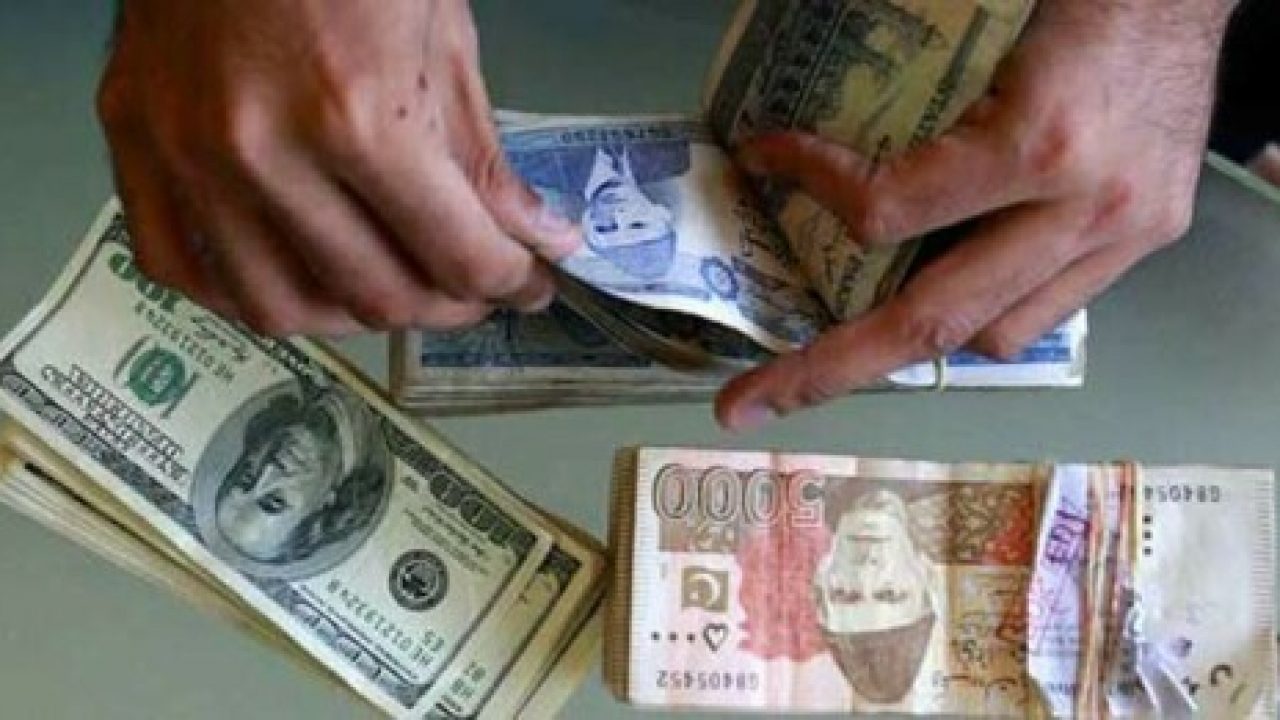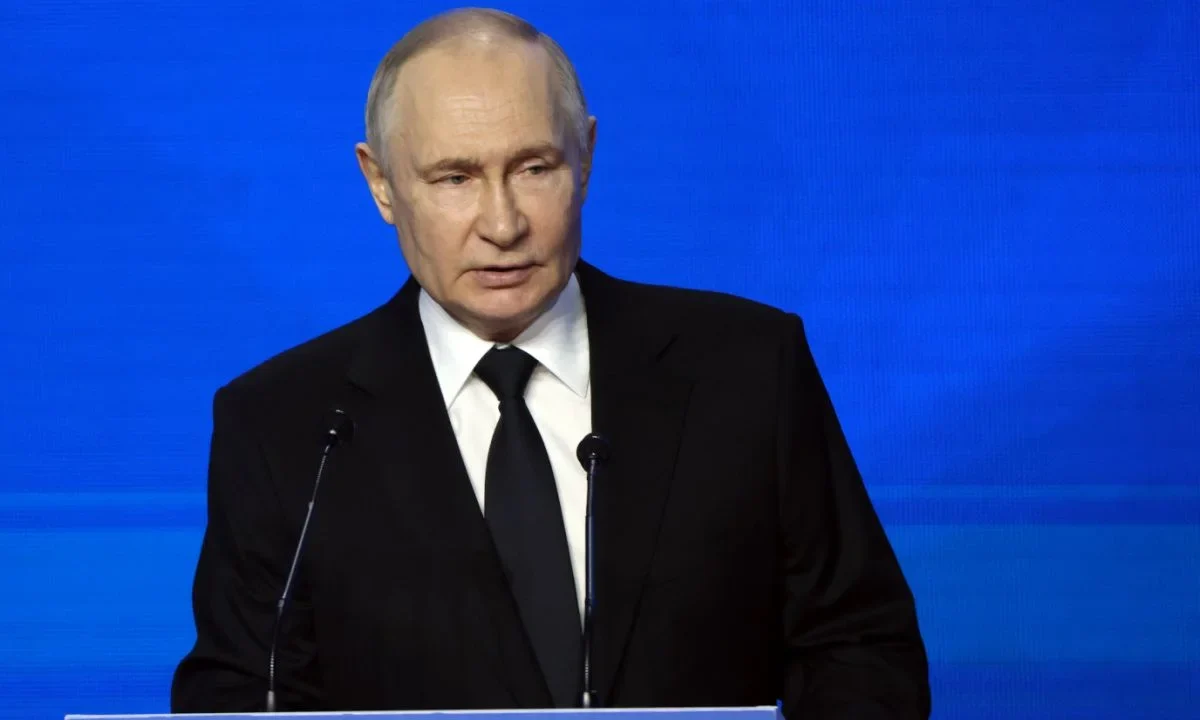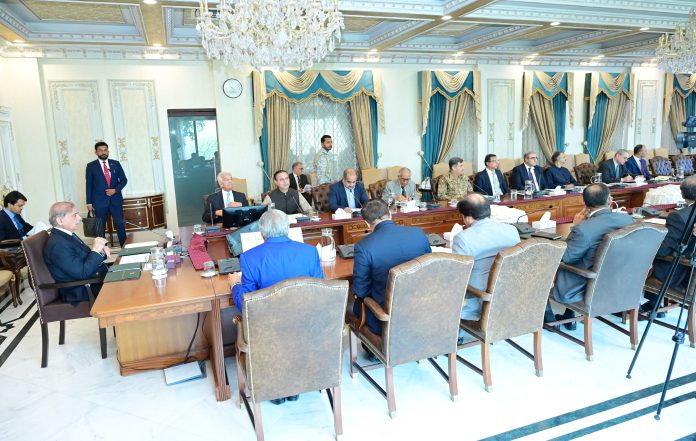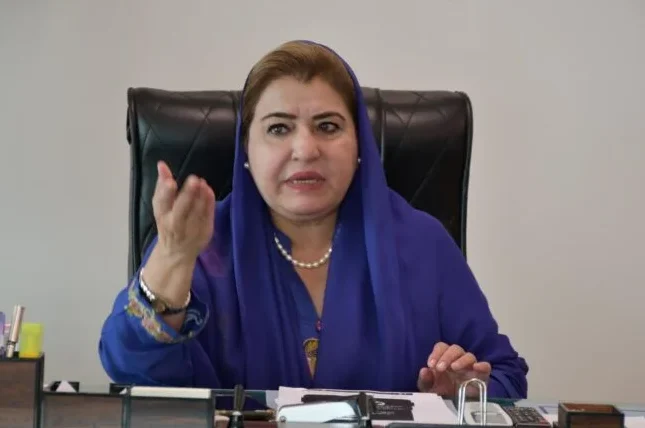
Pakistan’s Foreign Reserves Climb to $14.51 Billion, Surpassing IMF Benchmarks
- Business
- July 3, 2025
- No Comment

KARACHI — Pakistan’s central bank foreign exchange reserves soared to $14.51 billion at the close of June 2025, reflecting a significant increase of $5.12 billion over the previous fiscal year, the State Bank of Pakistan (SBP) announced Wednesday.
This milestone exceeds the International Monetary Fund’s (IMF) end-June target set under Pakistan’s ongoing $7 billion Extended Fund Facility (EFF), showcasing a dramatic improvement in the country’s external account after years of financial stress.
At the end of fiscal year 2023–24, Pakistan’s reserves stood at $9.39 billion. The current figures are the highest since early 2018, raising Pakistan’s import cover to 2.5 months, compared to 1.7 months last year and less than a month during the 2022–23 crisis period.
According to government financial adviser Khurram Schehzad, the rise was fueled by non-debt inflows such as stronger merchandise exports, record-high remittances from overseas Pakistanis, robust IT services growth, and increased foreign direct investment.
“Reserves rising. Debt falling. Stability strengthening,” Schehzad posted on X (formerly Twitter), noting the reserves had comfortably surpassed IMF benchmarks.
He further highlighted that Pakistan’s debt-to-GDP ratio has dropped from 75% in FY23 to an estimated 69% in FY25, indicating improved fiscal management and external discipline.
Pakistan began FY25 with a tough external financing outlook, facing more than $20 billion in debt repayments.
The economy is estimated to have grown by 2.4% in FY25, rebounding from just 0.3% growth a year earlier, thanks to stabilizing inflation and a steadier rupee following a severe depreciation in 2022–23. The IMF has advised Pakistan to continue strengthening domestic tax collection and maintaining exchange rate flexibility to ensure sustained macroeconomic stability.
The improved reserves are expected to support efforts to attract further foreign direct investment and speed up the privatization of state-owned enterprises.
Despite the positive trajectory, experts caution that Pakistan’s external debt servicing remains considerable, and sustaining reserve levels will require continued inflows and prudent fiscal discipline.
The SBP’s reserves now offer critical breathing room for the country’s economic managers, a sharp contrast to the situation two years ago when reserves fell below $4 billion, barely enough to cover three weeks of imports.
Thank you for reading! For comprehensive news coverage and exclusive stories, visit SafartiTarjuman.com







